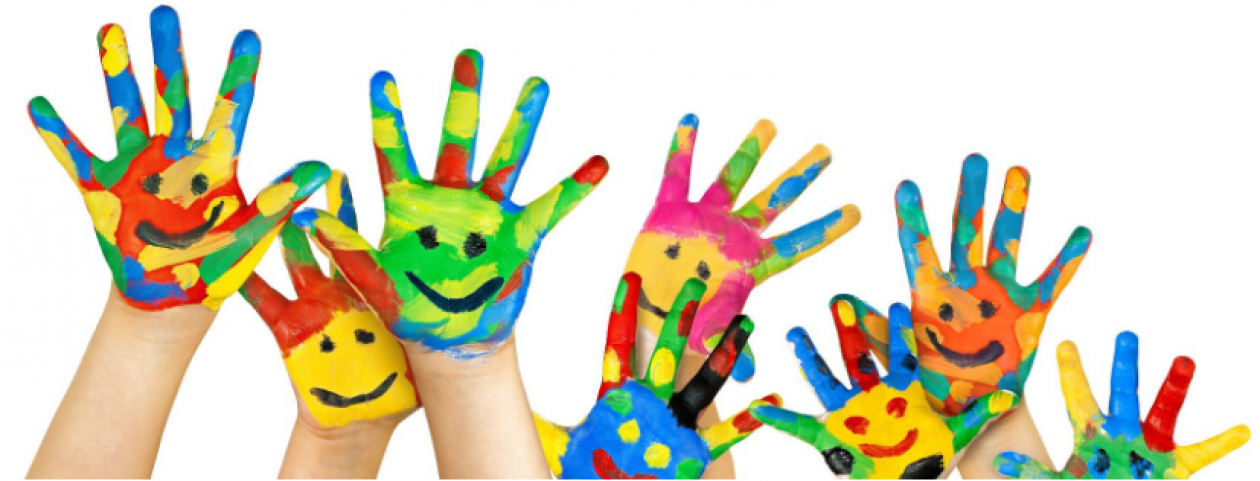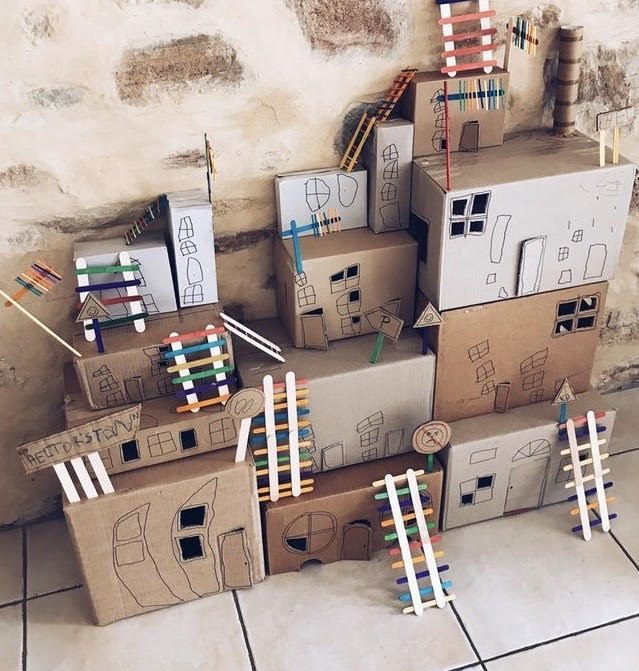Here is today’s Daily Doodle
Category Archives: Literacy and English
Daily Doodle
Daily Doodle is here!
Measure with Duplo
This great guessing game gives your wee ones a chance to test out
their predictive skills using this classic resource.
• Duplo blocks
• LEGO blocks
• Things to measure
What to do:
1. Start the game off by getting your wee one
to measure one of their favourite
toys. How many pieces long was it?
2. This is your starting off point for lots
of fun with open-ended questions and
experimenting. Ask questions like ’Do
you think this will be more or fewer
LEGO blocks long?’, ’Are you taller or
shorter than these two things?’ and so
on.
3. For younger children, this is a great
activity for teaching early counting skills.
For example, you could tap each of the
LEGO blocks in turn while counting, helping
to teach them that units correspond
to numbers and that each number has a
name.
4. For older children, you can even
see if they can guess exactly how many
bricks it will be, and build up the tension
as you make the measurement!
Creative Community
Create your own mini version of your local area, it is
the perfect way to get your wee ones talking about the people
and communities around their home.
What you need:
• A spare table or floor space
• Some coloured sheeting or paper
• Toy buildings and vehicles, children could create their own
• Mini figurines or objects the children choose
What to do:
1. This is a great activity to work on together and while doing so your children can happily talk and learn about their community.
2. You can build up a central
road, with buildings and vehicles dotted
around. These could be toys or even local
buildings printed from google maps and
then laminated and stuck to bits of board. Or if easier draw your own.
3. Your wee ones can also make or customise
mini-me figurines which they can move
around the town.
4. It’s perfect for endless discussion on
children’s knowledge of people and communities,
like ’Me and daddy Home Bargains to buy colouring things’.
5. You can also consider changing or adding
buildings after a trip to keep it at the top
of your wee ones minds.
Sow some Seeds
Planting seeds is great for fine motor control and
even better to help your wee ones learn about the natural world
around them.
What you need:
• Seeds
• Pots
• Water
• Compost
• Spoons
What to do:
1. Start by picking out your seeds.
Sunflowers, and sweet peas work well at
the start of spring, as well as nasturtiums
and calendula for attracting pollinating
bees and butterflies.
2. All you need to do is fill a
pot with compost, water it, and pop
the seeds in an inch or so down using a
spoon. You can reuse some shop-bought
starter pots or use old cartons, egg boxes
or old fruit peel.
3. Keep the packets! They’ll be packed full
of information that you can discuss with
your wee one such as what conditions
work best for the plants, the differences
between different plants and why some
will flower sooner than others.
Daily Doodle
Daily Doodle for today!
Light and Dark Den
Find a dark corner of your home or make a DIY den and use torches to let your wee ones explore light and dark, shadows and silhouettes.
What you need:
• A dark corner or DIY fort or den
• Some torches or other lights
• A music player
What to do:
1. To begin, you’ll need a dark corner of your house, or use some blankets and chairs
to create a makeshift fort or den.
2. Let your wee one
experiment with dark and light,
turning the torches on and off. They can
also look at the silhouettes they create
and the shadows their bodies can make.
3. To add a new layer to the activity, take
a music player in with you and see if your wee one is interested in moving the light and dark shapes in time to the music.
Human Sundial
This simple science experiment utilising the sun and
shadows is the perfect starting point for lots of fantastic
conversations. Get out there and catch the sun…while it’s there!
What you need:
• Chalk
• The Sun!
What to do:
1. The idea of this one is to teach your wee ones
a little something about perspective and
the world around them!
2. Make sure you have a sunny spot with
plenty of space for long shadows and nothing
creating its own shadows on your
spot.
3. On a sunny day, get your wee one
to stand on a certain spot and then have
another member of your family draw their shadow on
the ground in chalk.
4. Later on in the day, try again. How has
the shadow changed? What’s been going
on? It’s a great starting point for all
sorts of interesting questions and learning
opportunities.
Daily Doodle
Here is the Daily Doodle for today.
Symmetrical Shapes
Give your wee ones a great grasp of shapes and space with
this simple shape matching activity.
What you need:
• Craft sticks or cardboard/ paper or duplo
• Coloured pens or wipe able ones if using duplo ( you can make the shapes on paper and stick them on to items)
1. Take two pieces of whatever you choose to use and make various
symmetrical shapes across the two pieces
so that the shape is only made full when
the pieces are put together.
2. Leave the pieces for your wee ones to explore,
you could demonstrate on how to
put them together to make a full shape.
3. If you make at least two
shapes on each set to give your wee one two reference points.










